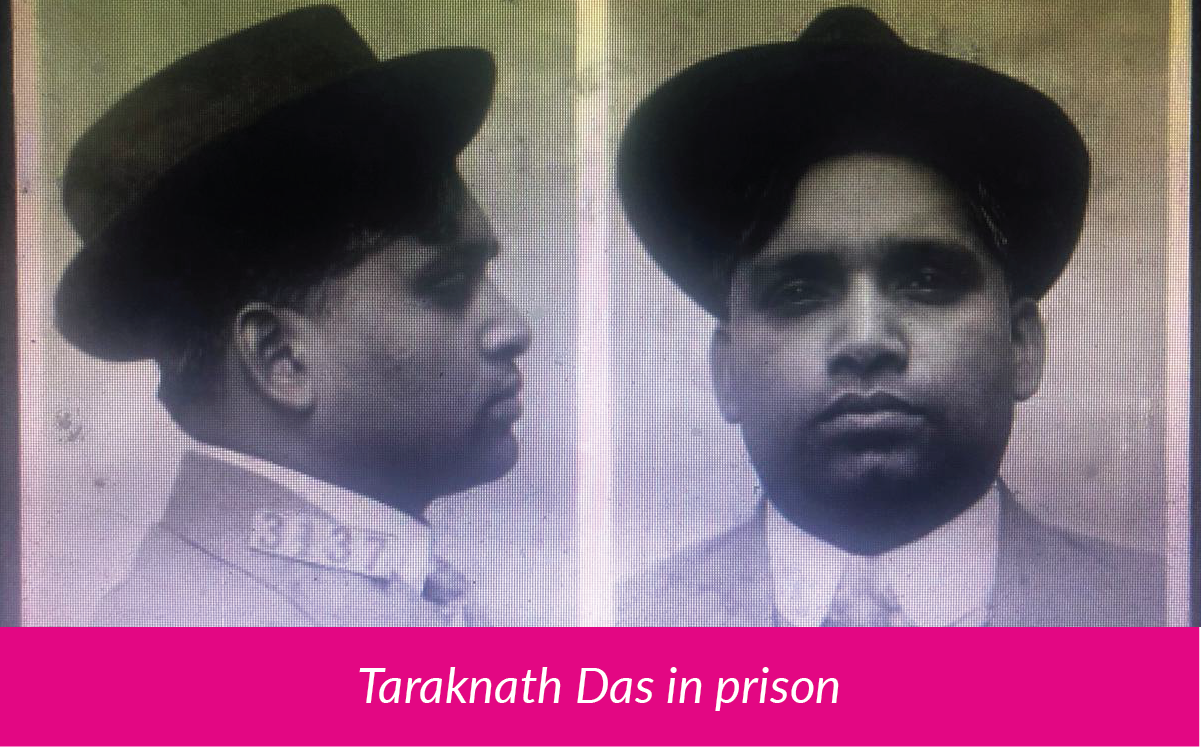Opposed to Imperialism and Tyranny! 🔔
Throughout history, the Liberty Bell has served as a potent symbol for the principles of liberty and freedom for Americans of all backgrounds.
Beginning in the 1830s, the Liberty Bell became a key icon for those advocating for the abolition of slavery. And in 1915, suffragists produced a replica of the Liberty Bell and carted it across the country to raise support for women’s suffrage.
So too was the Liberty Bell a symbol for South Asian immigrants in the U.S. In fact, on September 5, 1920, more than 10,000 protesters gathered at the Liberty Bell in Philadelphia for a march for India’s freedom from British colonial rule.

From the Liberty Bell, the protesters marched more than three-miles west down Market Street, to the historic Knickerbocker Theatre. There, Taraknath Das, executive secretary of the Friends of Freedom for India, read a proclamation to the thousands in attendance:
“Whereas, America is opposed to imperialism and tyranny all over the world; and whereas, the American ideal is for independence of all people, great and small . . .
“Be it resolved, therefore, that this mass-meeting of the citizens of Philadelphia most heartily support the struggle of the people of India in their efforts and fight to establish a free and independent Republic of their own.”
Taraknath Das had arrived in the U.S. nearly two decades earlier, in 1906, three days after his twenty-second birthday. Initially he worked as a laborer on the railroads, in hospitals as a laundry boy and janitor, and in libraries as a page until he saved up enough money to attend university. Das eventually attended Norwich University in Vermont, the oldest private military university in the U.S. His goal—to train himself for an armed insurrection against the British in India.

Das went on to earn an M.A. degree and a teaching certification before becoming a naturalized citizen of the U.S. in 1914. But in 1917, Das received notice of a warrant for his arrest for “plotting to set on a foot a revolution to free India from British control” in the U.S. He stood alongside sixteen other defendants in the famous Hindu-German conspiracy trial of 1917. Declared guilty, he was sentenced to twenty-two months in Leavenworth Penitentiary.

Das’ time in prison did not dampen his enthusiasm for political organizing. And it was his continued commitment to India’s independence and the ideas of freedom, liberty, and justice that brought him and his compatriots to the Liberty Bell in Philadelphia in 1920.
A decade later, in 1931, South Asian immigrants in the U.S.—including Premala Sahane, Haridas Mazumdar, and A.S. Hamid—placed a garland of flowers on the Liberty Bell in their continued protests for India’s independence and their appeal to Americans to fight for the ideal of independence for all people, “great and small.”
